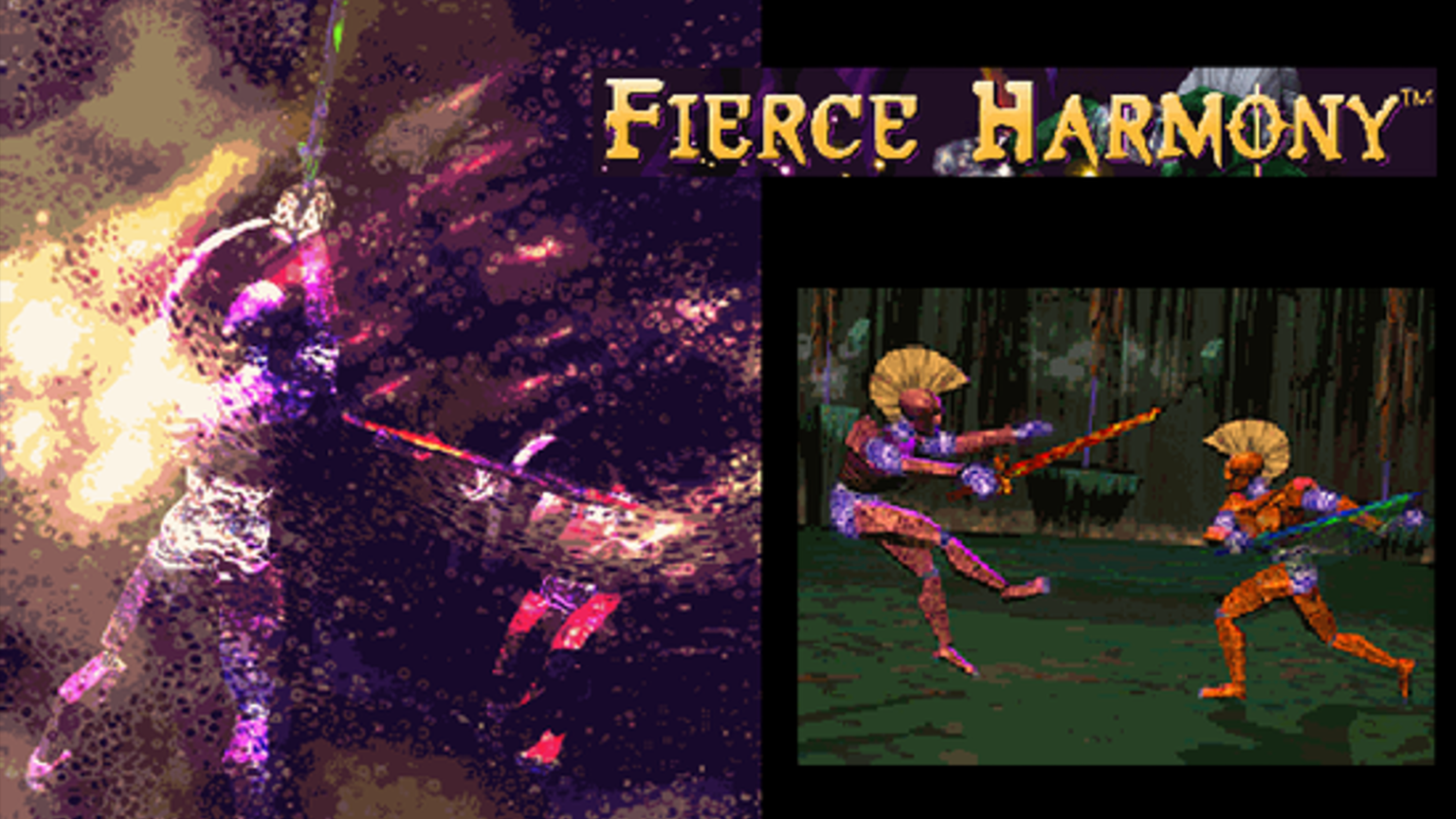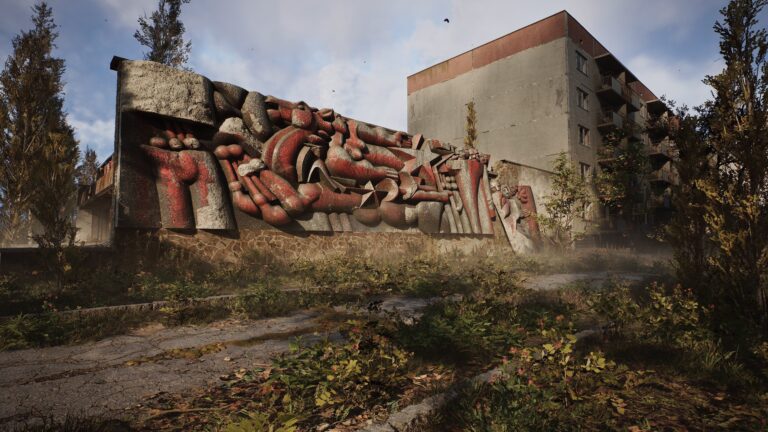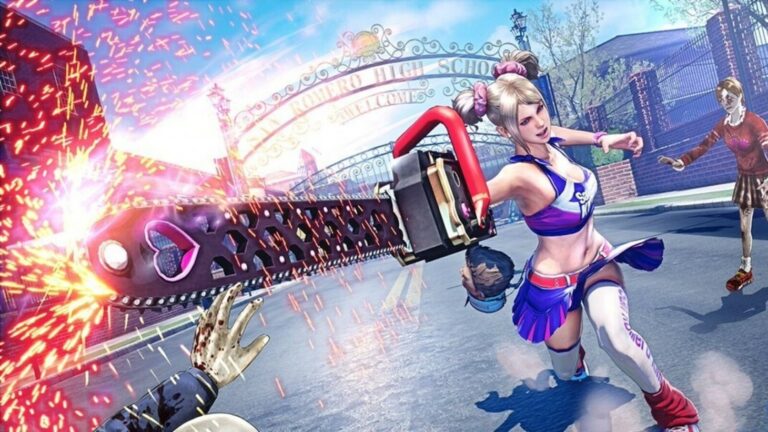Fierce Harmony Interview with Michael Pummell
(Editor’s Note: This article was previously published on the Solid State Gamer on June 19, 2015. )
Over the past few weeks I have been doing much research on a video game that time has long forgotten. That game is known as Fierce Harmony: The Beginning. Developed by Indigo Moon Productions and released as an online multiplayer only title in 2000, Fierce Harmony was a game with a focus on strategic sword-based combat with an otherworldly setting and atmosphere. This was amplified by a unique soundtrack that featured some dynamic elements, making it as interactive as the gameplay itself. Unfortunately, Fierce Harmony had a short life span, lasting roughly two years. This premature death of the title, among other things, led to Indigo Moon closing its doors soon thereafter.
It was much to my surprise that the same composer of this ill-fated title also scored the soundtracks to the fifth generation classics Steel Harbinger and Mission Impossible for the original Playstation. This composer is Michael Pummell and he is a veteran of the video game industry who has made his mark on it by creating some of the most memorable songs in gaming, as well as pushing the boundaries of how music can thrive in the realm of interactivity. On top of his musical contributions, he is also the author of the book titled “The Game Composer’s Guide to Survival” that covers what it means to be a game composer, the pros and cons, and how one can be successful in the field. After reaching out to Mr. Pummel concerning Fierce Harmony, I was given the opportunity to speak with him about it. In my interview with Mr. Pummell he sheds light on the development of this game, as well as his experiences as a composer in the industry over the years.
Jon Rivera
Good afternoon, Mr. Pummell. I would like to thank you for your time and allowing me to speak with you. It is quite the honor to speak with an industry veteran such as yourself.
Michael Pummell
The honor is mine sir.
Jon Rivera
I have grown to be quite familiar with your work over the years, with most of it being on the Playstation, N64 and Dreamcast. For those who may be unfamiliar, could you explain your specific profession in the video game industry and some titles you have been involved with?
Michael Pummell
I began working as a composer in the game industry in 1995, right as the original Playstation was being unveiled. I had been working in film and advertising before that, but was immediately drawn to interactive music and its potential, so much so that I abandoned all other musical ventures. I think I have around fifty titles I’m credited with, some as a contributor, some as the sole composer. A few that have stood out include Mission Impossible, The Sims Bustin’ Out, 13 issues of Playstation Underground, Furfighters, XG3, Nuke Strike N64, a rather diverse group.
Jon Rivera
That is a very interesting and substantial body of work. I distinctly remember those titles in action, including Steel Harbinger for the original Playstation. Mission Impossible (PS1, N64) is a title that has remained in my memory ever since its initial release 17 years ago. For myself, the embassy mission is one of the most memorable moments in gaming and it is mostly because of your music that elevates every element. Such a unique implementation of music for the time, using two tracks simultaneously. If you do not mind my asking, how did you concoct and implement that concept?
Michael Pummell
It’s kind of a funny story. The development team, including myself had a problem on our hands. The piano player had a significant role to play on that level. We knew we wanted music appropriate for an Eastern European formal gathering at an embassy, but that music didn’t really lend itself for the remainder of the character’s mission. The solution was to build a proximity engine driven by how close the main character was to the piano. As he walked away and explored other areas of the embassy, the piano would fade out, and the “mission” music would fade in, all I had to do was write two pieces of music that were perfectly compatible at all times…tempo, key, chord changes, melodies, etc. In reality, a very simple idea, but the architecture of the N-64 handed us a challenge we didn’t expect. On any other game platform, a single instrument, like the piano mentioned here, is channelized and can have its volume controlled through software during gameplay. The N-64 would not allow it. Individualized channels in the music sequence could not be controlled once the song began. There was one day of panic after this, until a member of the development team in France tried an experiment, and it worked. Play two independent music files at once, and control the volumes of both files with the proximity engine. For some silly reason, the N-64 tolerated this, and that’s what was implemented.
(The video below is of the embassy mission in Mission Impossible for the original Playstation and Nintendo 64. It is from Michael Pummell’s own YouTube channel and is probably of the best quality yet. I takes both the mission track and piano track and transitions from one to another.)
As for the song itself, it was composed one morning on my commute to work, by noon it was done, and at the time, I didn’t think anyone would ever pay any attention to it. On my Youtube page, there are now at least half a dozen versions of it, performed by different people from all over the world. It always makes me smile when I hear one of those.
Jon Rivera
It’s an impressive accomplishment, as it is one of the all-time great moments. So, we’ve briefly touched on your background as a video game composer and some of the important contributions you have made. How did it come to pass that you would eventually work with the team at Indigo Moon Productions Inc?
Michael Pummell
Thank you sir. I can’t remember the exact circumstances. I was working for Goldman Productions in Cincinnati at the time, we had several titles released by then for the Playstation and N-64. It may have been at GDC [Game Developer’s Conference], but I do remember how surprised we were when we both learned that only ninety miles separated our businesses. That was a very rare occurrence for us. Michael Price at Indigo Moon was able to visit our facility several times during production, and we could easily travel to their office in Louisville to see the project develop.
Jon Rivera
I have been speaking to a contact who did the preliminary fight choreography for Fierce Harmony as early as 1996. When would you say you joined the team?
Michael Pummell
I’ll say 1997-1998. They were pretty far along when we started.
Jon Rivera
You mentioned that Micheal Price visited your offices on several occasions. How would you describe your professional relationship and interactions with Price and the rest of the team?
Michael Pummell
Michael Price was an absolute joy to work with, I had little contact with the other team members. What I remember most, is Michael’s willingness to allow experimentation. He didn’t want something from the “box”, and was open to any reasonable idea. Not all of that experimentation worked, sometimes a piece was put on the shelf for any number of reasons, and sometimes I initiated that action, because I knew there was something more appropriate to be discovered. Michael allowed the art design of the game to influence me, and I think he enjoyed seeing my excitement.
Jon Rivera
Was that allowance of creative freedom unheard of in the industry during that time, or was it par for the course for game composing in the late 90s?
Michael Pummell
There were several factors that contributed to the unique music in FH. Streaming audio content was still somewhat new to the world of interactivity. Many composers at that time were willing to abandon all interactivity for the benefit of sounding like a Hollywood production or a current pop tune. I thought FH deserved reactive content, and the team at Indigo were willing to sacrifice some CPU overhead to accommodate that. There was more diversity in game music during the late 90’s than what we have today, but it wasn’t a common occurrence then.
Jon Rivera
The music tracks from Fierce Harmony certainly have a unique sound that carries emotional weight. I never had the chance to properly experience FH when it was commercially relevant, so the music helps to shed some light on the tone of the game. The soundtrack has beats in it that sound and feel almost tribal, as if the world of FH is a ceremonial battleground that is as old as time. You have some tracks from FH playable on your YouTube and two of them are combat tracks. Also, you mentioned in the descriptions that these tracks could be customized. What was your approach with this particular project and how did you implement the song customization?
Michael Pummell
The title theme and persona creation pieces were not interactive, but were given a “world” treatment by using instruments from all corners of the earth. The hope here was to place the listener somewhere very foreign, but with no particular style that might lean in any ethnic direction. That can be a challenge. On the YouTube page you mentioned, there is one track called “Alternate Theme”, a lovely little song that was never in the game, I thought it felt too Celtic in nature and so I scrapped it. I’m not sure if the FH team ever heard that one!
The combat tracks were interactive. In fact, it would have been difficult to hear the same version of the same soundtrack twice. We had the ability to stream eight layers of audio content at once. By composing different layers for each zone of the game, as in North, South, East, West, for example, and mixing those layers with other tracks representing specific arenas of battle, and mixing those layers with other tracks that represented opponents, a foundation layer was assembled. These variables were unique to the situation you were in, and could be manipulated by gameplay conditions. Once combat began, other tracks, far more aggressive would be introduced, percussion and wildly aggressive plucked instruments and these reflected your health and the complexity of the conflict. The result felt very much like the works of Ligeti or Stockhausen, serious 20th century avant-garde composers. The music could scare the hell out of you, because it broke away from every stereotype, and you could tell your odds of surviving were on the line. The two combat tracks on the YouTube page are two examples of the perhaps hundreds of possibilities that may have occurred.
Earlier we discussed the composition method used on the Embassy level in Mission Impossible. This was very similar, except the number of tracks to compose and remain compatible was much higher.
Jon Rivera
That’s an impressive composition approach and dynamic feature, especially for a title that was an online only experience released in 2000. Did you ever get hands-on experience with the game?
Michael Pummell
Several times. At the Louisville office, and we had a working demo version we could use in Cincinnati. I don’t know that I ever played a final release version, just “who” was releasing it seemed to change over time, and I have no idea if those distributor/ownership changes had any impact on implemented content. Composers are generally at the bottom of the food chain.
Jon Rivera
I see. Over those several play sessions, did you ever witness any radical changes made to the game during development? Also, was Fierce Harmony always intended to be an online only multiplayer experience?
Michael Pummell
I don’t remember observing any changes, the game was fairly well into development when I became involved. If changes occurred, I missed them.
Jon Rivera
It is near impossible to find information on the critical and commercial reception of FH. It is even harder to find screenshots or video footage of the game in motion. It was only through luck and serendipity that I managed to find your YouTube channel and discover that you worked on it. Why do you think that this game has been long forgotten by the gaming community and the industry as a whole?
Michael Pummell
From a composer’s limited perspective, critics tend to equate success by revenue and popularity. You could compose the finest music ever written, and if it winds up in a game that doesn’t sell, well, your music sucks. At the same time, you could write the worst music ever heard, and if it winds up in a top selling game, then you’re a fucking musical genius. The game industry never matured, some of us years ago thought it would, that’s why we participated, but many of us learned how difficult it is to achieve artistic recognition when building software for toys.
Jon Rivera
I will be the first to say that, from a game critic/journalist’s perspective, I do understand what you mean. Like game creation, game criticism is its own area of profession and one that definitely has much growing up to do. Do you believe that Fierce Harmony was ultimately a victim of that?
Michael Pummell
That may be a question that only Michael Price can answer. Should a third party developer spend their limited revenue marketing a product created for a publisher who should have provided that service? Or do you simply wash your hands of it and walk away? Tough question, and that problem exists in the film industry as well.
Jon Rivera
That is a tough call to make. What would you say is the most important thing you took away from your experience working on FH, good or bad?
Michael Pummell
That some people care about the quality of their work, and some people are willing to push the limits of available technology, even if it means ignoring a production budget, which I did on that project, and I’m sure everyone did. I’m very proud of my work on that game because it led to composition methods that opened doors for other interactive composers, things that were new and innovative, and even though the music may be the only surviving memory, it reflects how interesting the entire concept of that project was.
Jon Rivera
I will say that the industry of today needs more individuals with that mentality, as far the AAA game realm goes. Thank you once again with sharing your experiences in the industry, memories of working on Fierce Harmony: The Beginning and your thoughts on the industry as a whole. Hopefully, Fierce Harmony will not always remain as a lost game.
Michael Pummell
Jon, I want to thank you for asking such intelligent and relevant questions. If you need more information, never hesitate to ask.
(This is an alternate version of the main title music that was ultimately scrapped for the final version. Theses track can be played at Michael Pummell’s YouTube Channel.)
For those who may be aspiring to compose music for games and are interested in the inner workings of the industry, be sure to check out Michael Pummel’s book “The Game Composer’s Guide to Survival”. It is currently available on Lulu, Amazon and Google Play for nearly free. It was such a pleasure to speak to Mr. Pummel about this lost piece of video game history, as well as is memories and feelings on the world of gaming. The impact that music can have on a game cannot be understated, or denied. Fierce Harmony stands as a fascinating artifact in the annals of the past that hopefully can be exhumed and properly chronicled someday.
No related posts.






